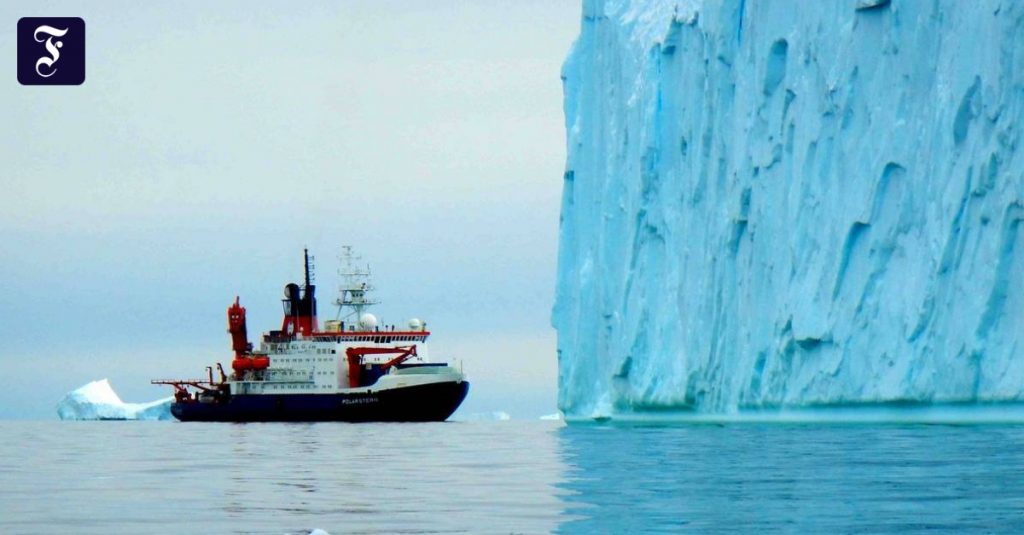NSThere is no longer any doubt that many icy Melting of “eternal” Antarctic ice and thus – as expected – contributes to the measured global rise in sea levels. The melting of ice sheets is mostly attributed to two effects of climate change, namely, rising atmospheric temperatures as well as sea water. A German-British research group has now been able to show that two of the fastest melting glaciers in Antarctica lie on a heat source, unrelated to climate change. Beneath the Thwaites and Pope glaciers in West Antarctica, the Earth’s particularly hot crust ensures that the lower ice layers are melting and the glaciers flow very rapidly into the sea as ice currents.
In contrast to the relatively stable massive ice of East Antarctica, the much smaller West Antarctic ice masses facing the Pacific Ocean are in flux. Thwaites and its neighbor, the Pope Glacier, have lost nearly 5,000 billion tons of ice there in the past 40 years. This equates to more than a third of the total ice loss on the southern continent during this period. Melt water has contributed about five percent of the world’s sea level rise.
Thin crust under the ice
East and West Antarctica differ not only in ice mass and drift rates. Geologically, the two parts of Antarctica are far apart. The huge eastern part is an ancient stable continent, called the Craton like the Canadian Shield or Siberia. On the other hand, West Antarctica is a relatively small and tectonically active region in which many earthquakes occur. There are also active volcanoes hidden under the glaciers. This is especially true of the interior along the Amundsen Sea. There, the ice one kilometer thick is located in a fault zone where the Earth’s crust is gradually disintegrating. Similar rift zones extend across large parts of East Africa, for example, but also lie under the Upper Rhine Valley between Basel and Mainz or under the upper reaches of the Rio Grande in North America.
In these rift zones, the Earth’s crust is often barely 20 kilometers thick and therefore much thinner than on ancient continents such as East Antarctica. In addition, the Earth’s crust there is fragile because the sides of the fault zone are slowly moving away from each other. Through this thin and brittle crust, geothermal heat can reach the surface from the Earth’s interior much more than in settled areas. There are several power plants in the Upper Rhine Valley, where abundant geothermal energy is used to generate electricity.

“Total coffee aficionado. Travel buff. Music ninja. Bacon nerd. Beeraholic.”









More Stories
Coral Seeding: Artificial Insemination Makes Coral More Heat Tolerant
Fear, Anger, and Denial: How People Respond to Climate Change – Research
LKH Graz: Using radiation to combat heart arrhythmias